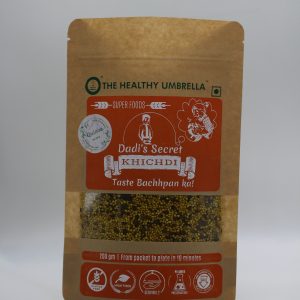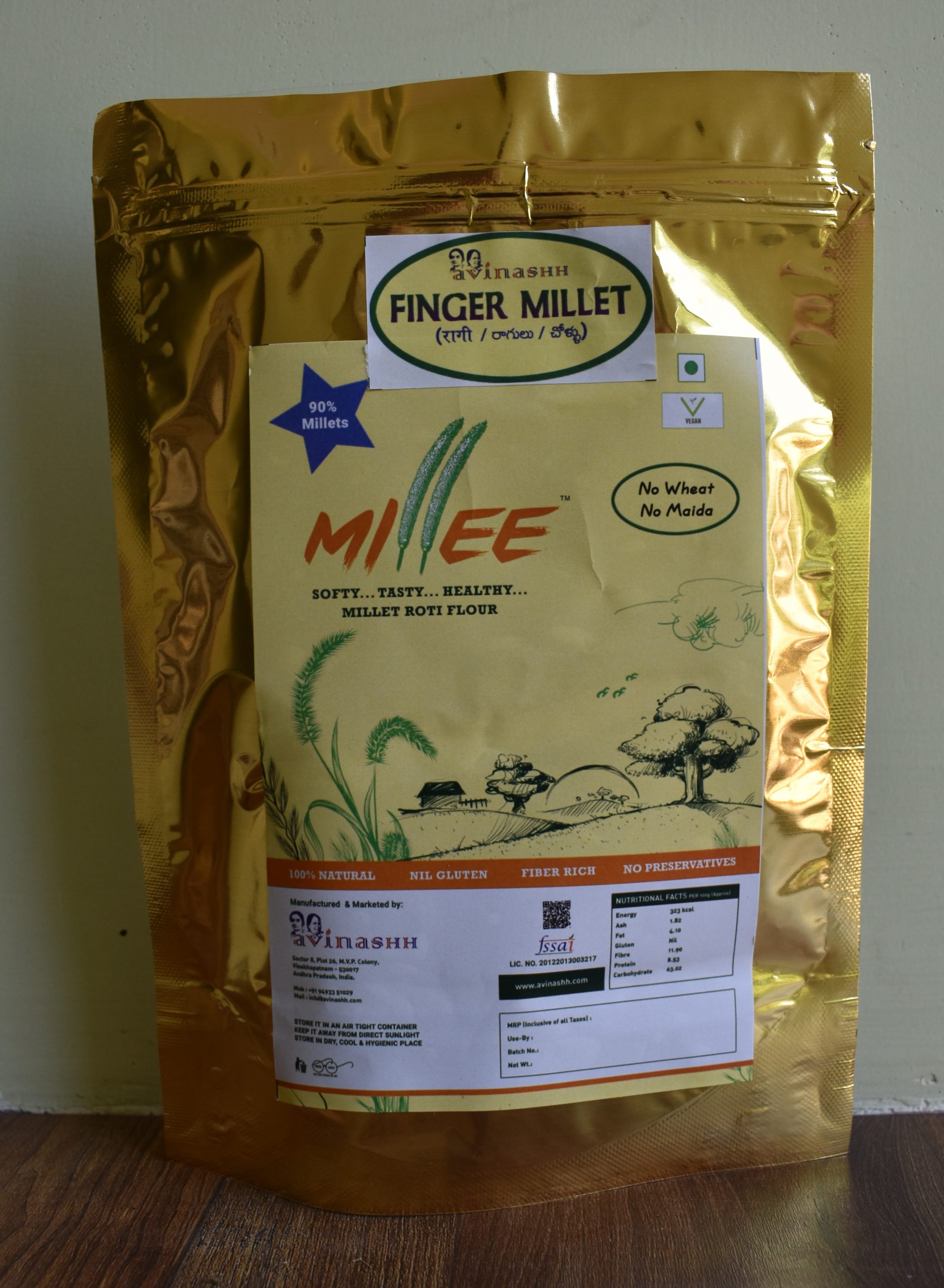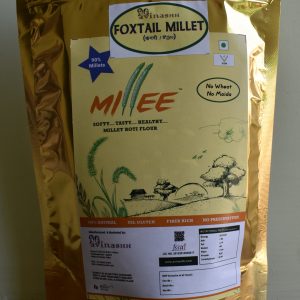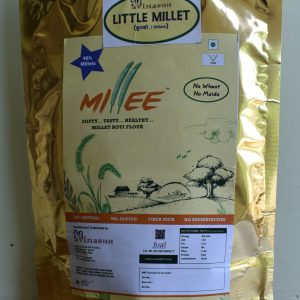Ragi, also known as finger millet, is a highly nutritious cereal grain that belongs to the Poaceae family. It is a staple food in many parts of Africa and Asia, particularly in Southern India and parts of East Africa. Here’s a description of ragi millet along with its nutritional benefits and uses:
Description: Ragi is characterized by its small, round grains that vary in color from light brown to dark brown. It is one of the most nutritious millets and is known for its high nutritional value. Ragi has a slightly earthy flavor and a soft texture when cooked. It is also gluten-free, making it suitable for individuals with celiac disease or gluten sensitivities.
Nutrition Value:
- Energy 323 kcal
- Ash 1.82
- Fat 4.10
- Gluten Nil
- Fibre 11.90
- Protein 8.53
- Carbohydrate 63.02
Health Benefits:
- Rich in Calcium: Ragi is one of the richest plant sources of calcium, which is essential for bone health and preventing osteoporosis.
- High in Iron: Ragi is a good source of iron, an essential mineral that is important for the production of red blood cells and preventing iron deficiency anemia.
- High in Fiber: Ragi is rich in dietary fiber, which promotes digestive health, prevents constipation, and helps control blood sugar levels.
- Low Glycemic Index: Ragi has a lower glycemic index compared to other grains like rice or wheat, meaning it causes a slower and steadier rise in blood sugar levels, making it suitable for individuals with diabetes or those aiming to manage their blood sugar levels.
- Rich in Antioxidants: Ragi contains antioxidants like phenolic acids and flavonoids, which help protect the body against oxidative stress and reduce the risk of chronic diseases like heart disease and cancer.
- Gluten-Free: Ragi is naturally gluten-free, making it a safe and nutritious option for individuals with celiac disease or gluten sensitivities.
- Source of Essential Nutrients: Ragi provides essential nutrients like magnesium, potassium, and vitamin B6, which are important for overall health, including energy metabolism, nerve function, and immune function









Reviews
There are no reviews yet.